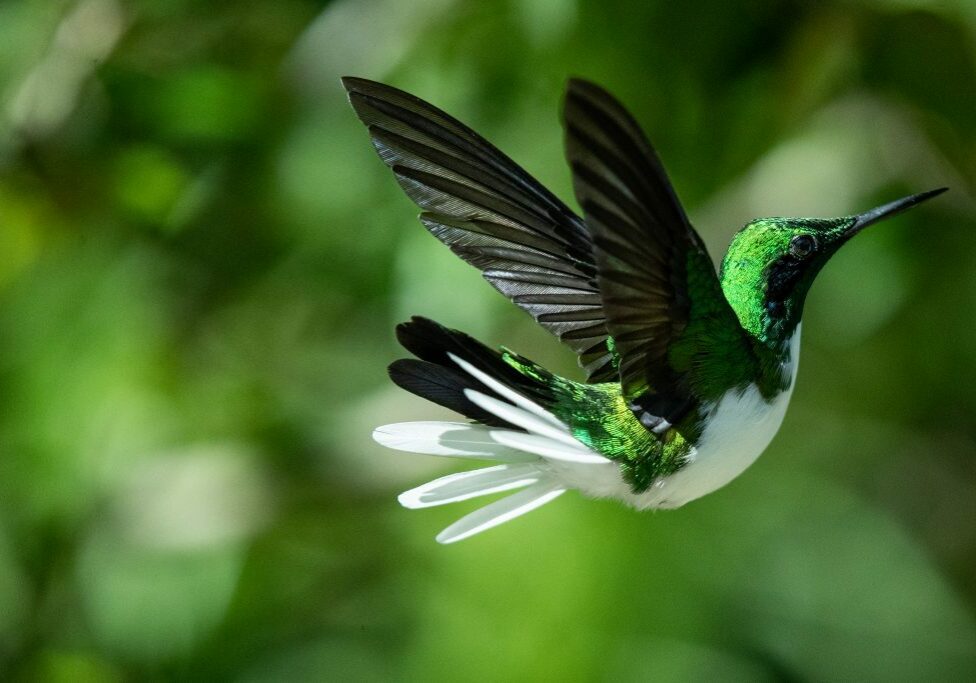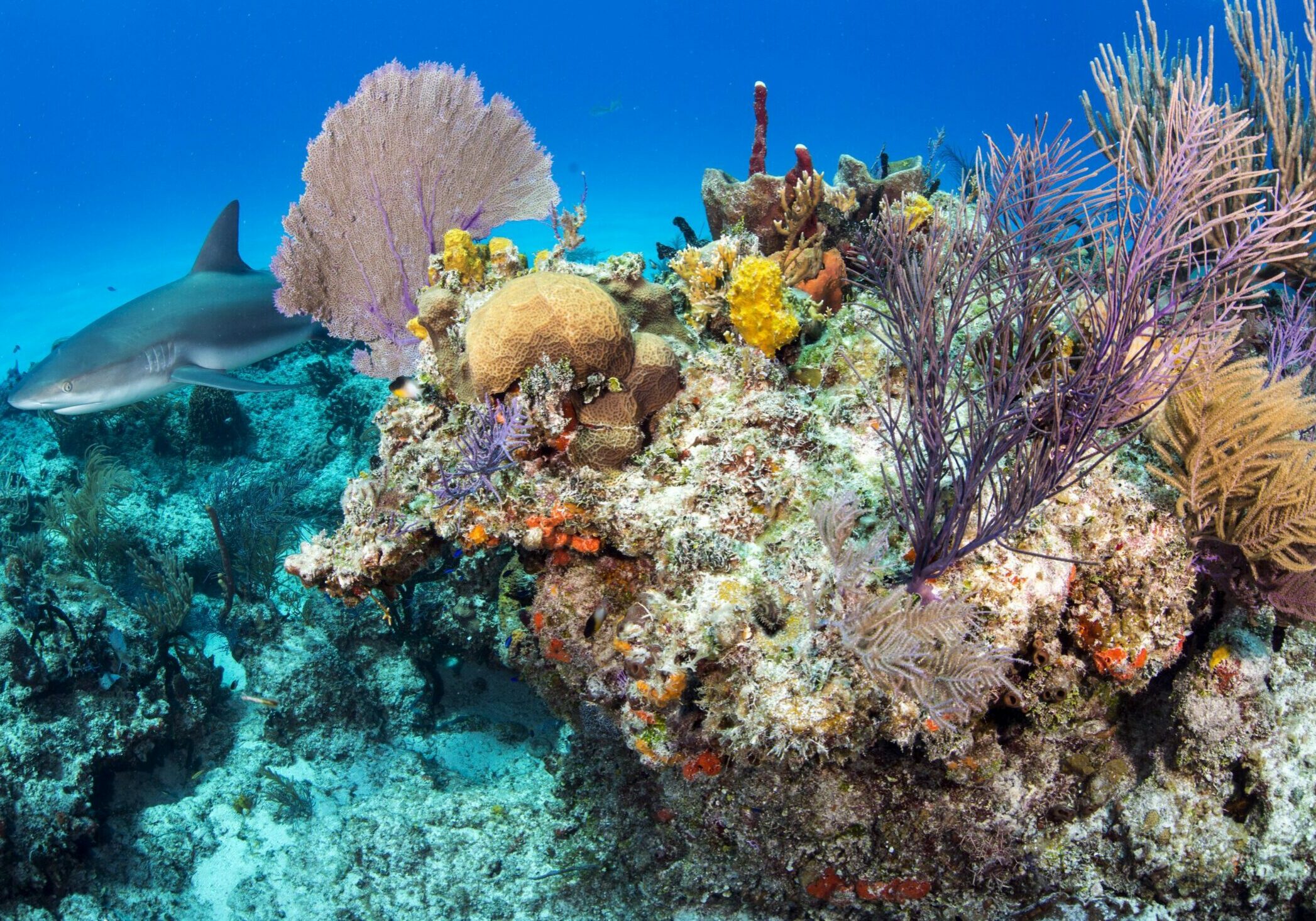Released every two years, the Living Planet Report is our flagship publication that examines the health of the planet. And the 2022 report, released in October 2022, paints a picture of nature in crisis.
Among the report’s key findings are an average 69% decline in vertebrate wildlife populations (mammals, birds, amphibians, reptiles and fish) between 1970 and 2018; a particularly severe decrease in wildlife numbers in tropical regions; and an alarming decline in freshwater species, which have dropped off by an average 83%.
The 2022 report analysed almost 32,000 species and is the most comprehensive measure of how wildlife is responding to climate change, biodiversity loss and other human activity.
The report also studies the threats themselves, finding that agriculture, hunting and logging are the main threats in tropical regions, while pollution is the biggest in Europe.
The plummeting wildlife populations in tropical areas are a major concern, as these regions are the most biodiverse on the planet. Increased conservation and restoration is needed in these areas – but these actions won’t succeed unless we halve the global footprint of production and consumption by 2030.
Three species under threat
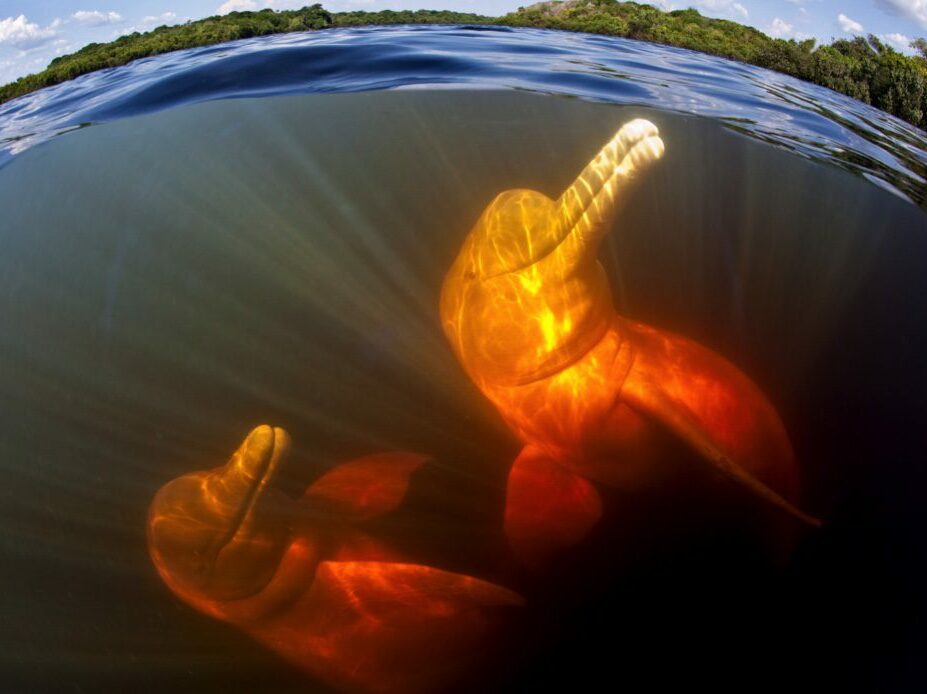
Amazon river dolphin
In the Mamirauá Sustainable Development Reserve in the Brazilian state of Amazonas, there was a 65% decline in populations of the Amazon pink river dolphin between 1994 and 2016 due to increased targeting by fisheries as well as pressures imposed by a rapidly growing human population.
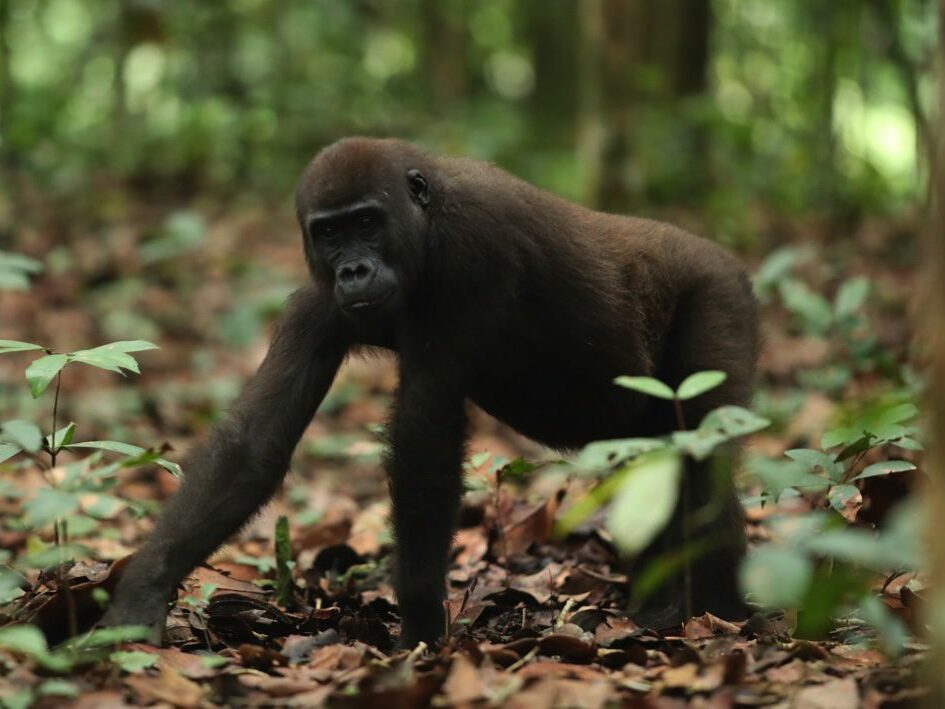
Eastern lowland gorilla
In the Kahuzi-Biega National Park in the Democratic Republic of the Congo, there was an estimated 80% decline in numbers of the eastern lowland gorilla between 1994 and 2019. The main threat to the species is bushmeat hunting, but they’re also sought after as food and pets.

Australian sea lion
In South and Western Australia, there was a two-thirds (64%) reduction of Australian sea lion pups between 1977 and 2019 due to hunting as well as pups being caught in fishing gear or other marine debris, or dying of disease.
We also need wealthy countries to step up to their moral responsibility to provide international finance for nature in Asia, Africa and Latin America.
As the world faces the double emergencies of climate change and biodiversity loss, we’re calling on leaders to act now to secure a nature-positive world. Current trends show that these crises can be halted and even reversed, but we must fundamentally transform our society to achieve this.
Despite governments signalling that they’re prioritising nature, not enough is being done to reverse biodiversity decline and halt climate change. You can use your voice to hold our leaders to account – have your say and join the call for action.
Change is possible. The report showed that some species, such as loggerhead turtles in Cyprus, are bucking the trend and are starting to thrive again.
And there are clear steps we can all take to reduce our personal impact on the planet, whether that’s adopting a plant-based diet or reducing our reliance on plastic. You can also download the My Footprint app to find everyday tips to help nature.
Call for action today
Join us in calling for world leaders to take urgent action to create a nature-positive planet.
More to explore
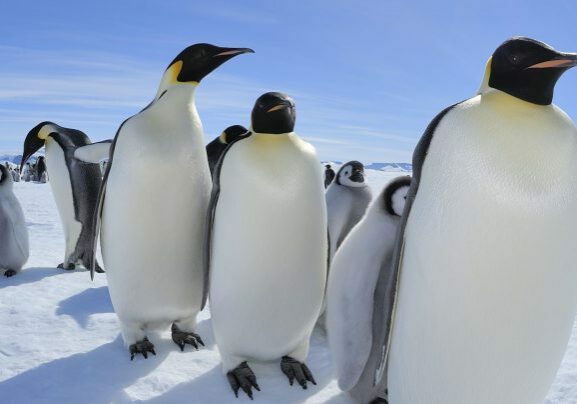
The world’s climate change hotspots
Climate change could make critical ecosystems around the globe unsuitable for wildlife or people. Here are some of the stories from the affected areas
